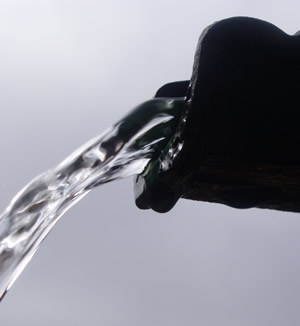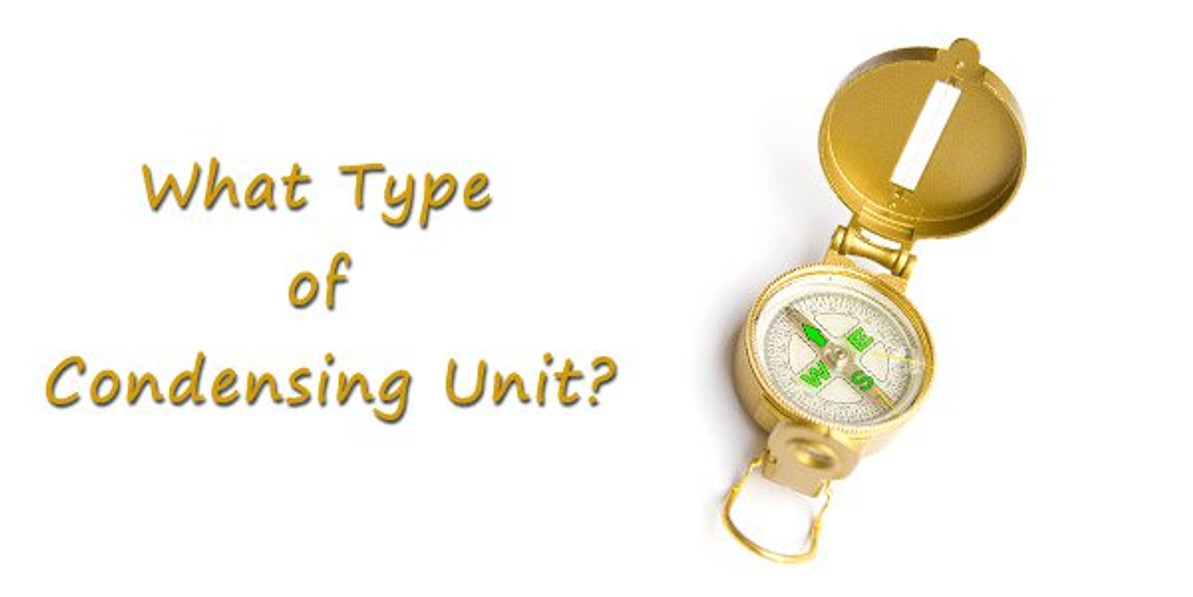What Type of Condensing Unit Do I Need?
Last week we talked about how much ice you need and whether you should purchase an undercounter or modular unit. In this week’s segment, we’re going to discuss the three different types of condensing units available for ice makers and which one would work best for your place of business. At first, types of condensing units can seem irrelevant when you’re looking at ice machines. But it’s yet another important step to finding the right one for your business..
Last week we talked about how much ice you need and whether you should purchase an undercounter or modular unit. In this week’s segment, we’re going to discuss the three different types of condensing units available for ice makers and which one would work best for your place of business. At first, types of condensing units can seem irrelevant when you’re looking at ice machines. But it’s yet another important step to finding the right one for your business..

Air Cooled
By far the most common type of condensing unit available is an air-cooled unit. As the name suggests, it uses air to cool the ice machine, which means that generally less energy is consumed. However, in order for an air-cooled condenser to be effective, the temperature in the restaurant has to be below 75 degrees. If the temperature is above 75 degrees, ice production greatly decreases. Also, air-cooled condensers expel warm air, causing the room temperature to increase. This forces the air conditioner to work harder to keep an optimal temperature, resulting in an increase in your electric bill.

Water Cooled
A second type of condensing unit is a water-cooled condenser. A water-cooled ice machine's production level is based upon the temperature of the water, not air. Depending on your location, the temperature of the water can vary, affecting output levels, but overall water temperature is much more consistent, which means that your production levels will be much more consistent as well. A water-cooled ice machine can also be more energy efficient if the unit is connected to a water cooling tower, which is designed to recycle water. But, if it is connected to city water, then it will consume more energy and cost more to operate, since a water-cooled ice machine consumes around 100 gallons to produce 100 lbs of ice. Some drought-prone cities have actually banned the use of water-cooled ice machines because they consume so much water. If you’re thinking about buying a water-cooled ice machine, check local regulations to make sure you would be in compliance, and if local regulation bans water-cooled ice machines, check to see if owning a water cooling tower would allow you to get around the ban.

Remote Cooled
The last type of condensing unit is known as a remote-cooled condenser. This type of condenser is air-cooled, but it uses a separate cooling unit usually located on the roof to cool the ice machine. The remote condenser has to be purchased separately, which makes the initial set-up costs greater, but it does have some benefits over air-cooled and water-cooled units. For one, a remote-cooled condenser doesn’t expel hot air into the restaurant like regular air cooled units. This eliminates the extra strain that would’ve been placed on the air conditioner to keep the temperature constant, ultimately saving you money on your electric bill. Also, a remote-cooled condenser doesn’t require the amount of water a water-cooled unit needs. In this sense a remote-cooled unit is cheaper to run than a water-cooled unit. However, it’s only cheaper if the water-cooled condenser isn’t connected to a water cooling tower. Otherwise, the operating costs would be about the same between a remote-cooled and a water-cooled condenser.

Which One is Right for Me?
To determine which type of condensing unit is right for your restaurant, you need to ask yourself a few questions. First, how much are you willing to invest? If you’re willing to spare no expense in order to have ice, then a remote-cooled or water-cooled unit is best. But if you’re working with a limited budget, then you might want to look at an air-cooled unit. Second, how consistent does your ice production need to be? Air-cooled units vary in output production depending on how hot or how cold the room temperature is. On the other hand, water-cooled units steadily produce the same amount of ice, hot or cold. Third, how much room do you have available in your restaurant? If you’re thinking about a remote-cooled unit, make sure you have plenty of space to put the condenser. The same goes for a water-cooled ice machine connected to a water cooler system. Air-cooled ice machines, though, don’t require any extra space. Simply put them on a bin and you can begin producing ice.
We hope this article has been helpful in choosing the right type of ice maker. Remember, the condenser is an important part of an ice machine, since the amount of production is affected depending on what type it is. Check out our commercial ice machine page to see some recommended ice machines. Next time we’ll wrap things up by answering seven basic questions regarding ice makers.
Let us know if you found this article helpful or not, and don't forget to share it with your friends.



